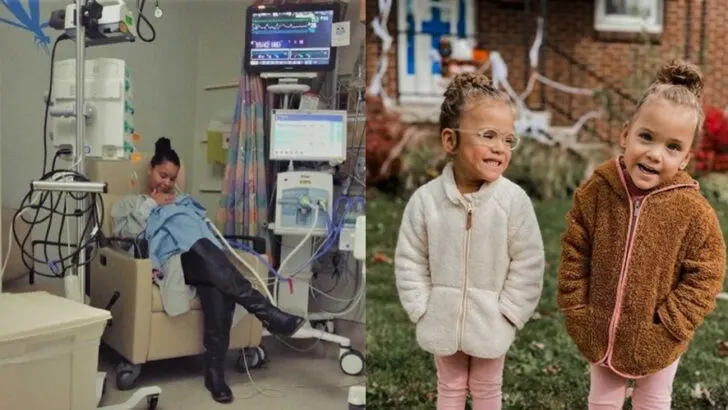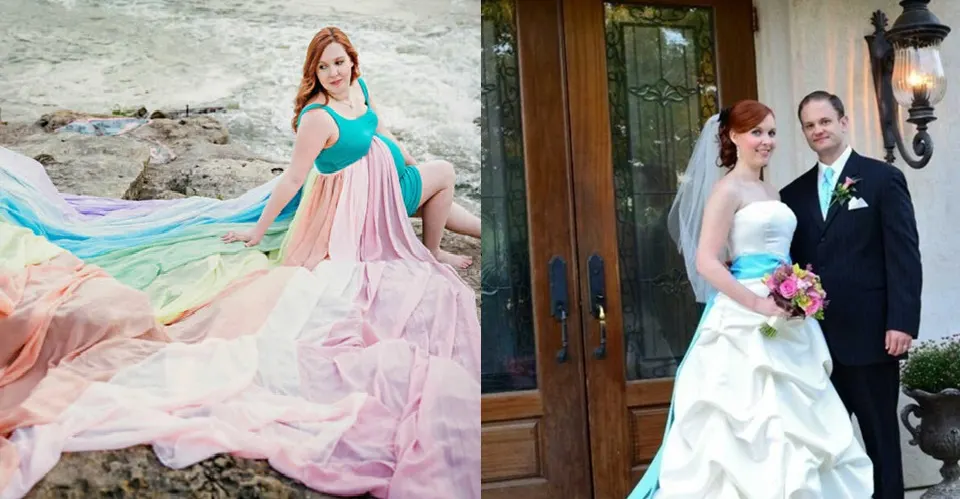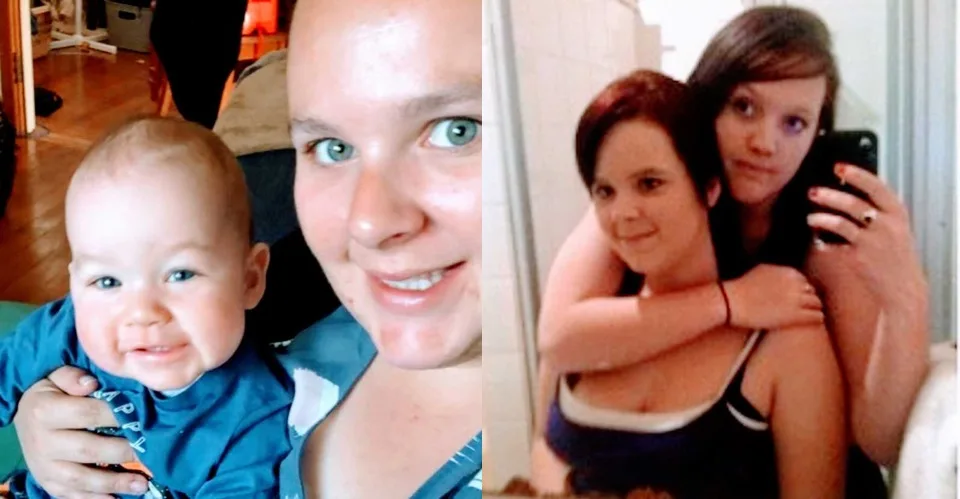When every door seemed shut, one yes changed everything, and two tiny fighters turned impossible into three years of life and counting. She likes to begin at a time when life feels ordinary. She and her husband married young, 18, and by their third anniversary, they had a son, Noah, born on October 19, 2016, a healthy eight-pounder who filled the house with firsts. They decided to try for one more baby when Noah was a toddler. The pregnancy came quickly. At the first scan, the technician smiled, pointed, and then said the words that made her jaw drop: There are two. Twins. Soon, they learned both were girls. She ran an in-home daycare, the pregnancy looked routine, and the family made room in their hearts for three kids.
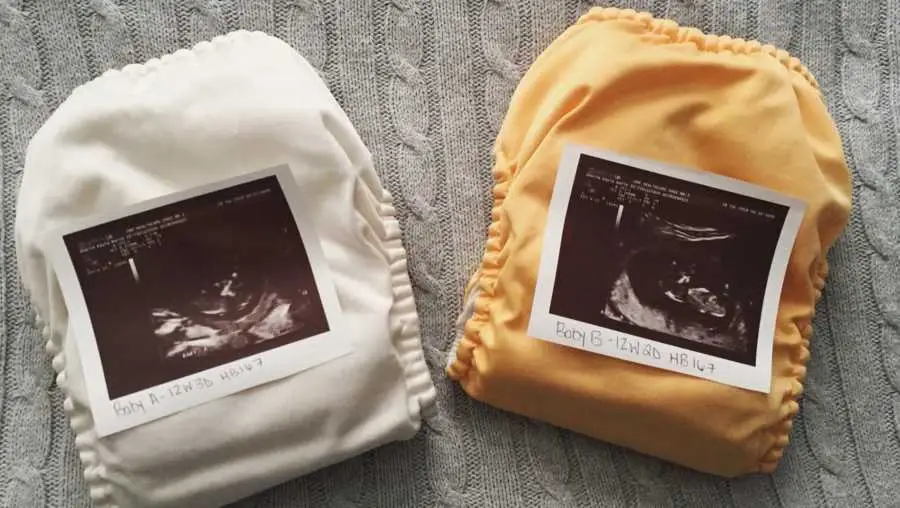
On September 23, 2018, at 21 weeks and 5 days, a small smear of pink changed everything. She had a cold and felt off. In triage, hours passed. Contractions built. A nurse finally rushed her to an ultrasound; when she stood up, her water broke. A doctor confirmed the rupture and said the words no parent is ready to hear: the babies will be born today, and they will die. Her family gathered in tears. She felt fury more than grief, refusing to accept that nothing could be done. She prayed through anger. The contractions stopped.
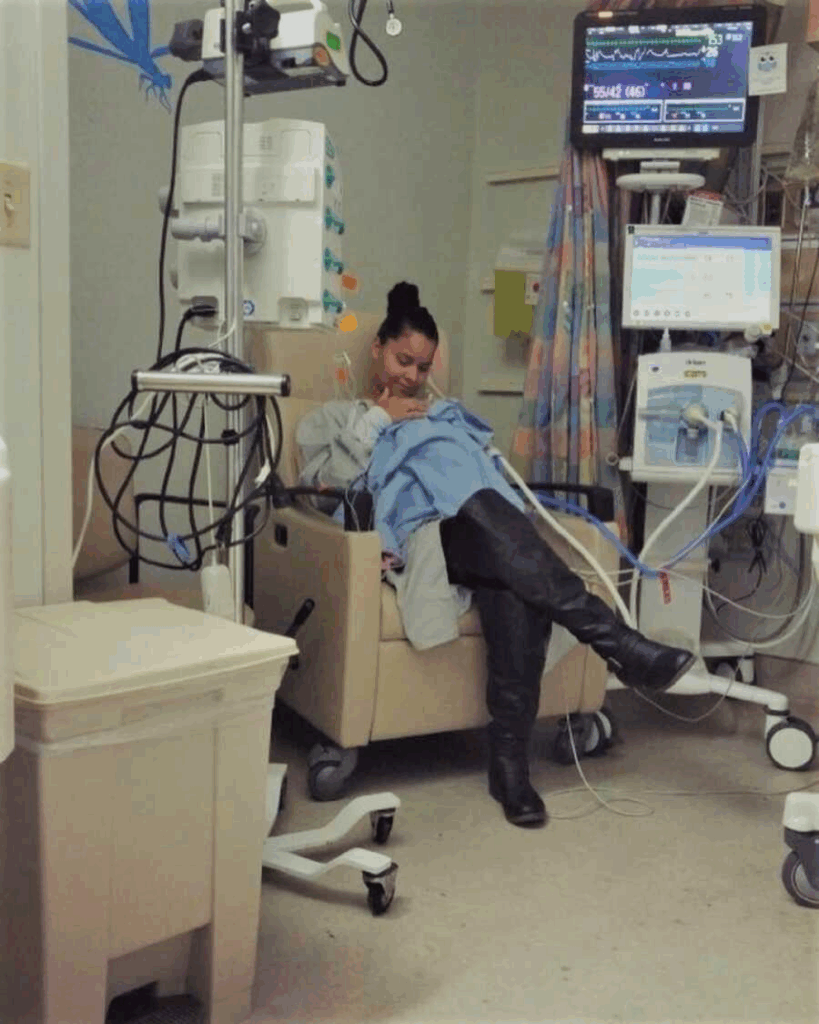
Over the next day, she met a high-risk doctor who warned of danger to her and the babies. He would not call a tertiary hospital until she arrived at 23 weeks. He denied steroid and neuroprotective meds for the twins. She lay in bed for four long days, afraid to move because Baby A’s feet were already at the cervix, begging the staff to call London, Ontario. The answer was always no. She prayed. She cried. She held on. Labor restarted at 22 weeks and 2 days. As she was wheeled to delivery, a new doctor walked in, read her chart, and simply said he would call level 3 and 4 NICUs to see who would take her. Within minutes, he returned: two hospitals said yes. They were going to London and he was going with her. For the first time in days, hope felt real.
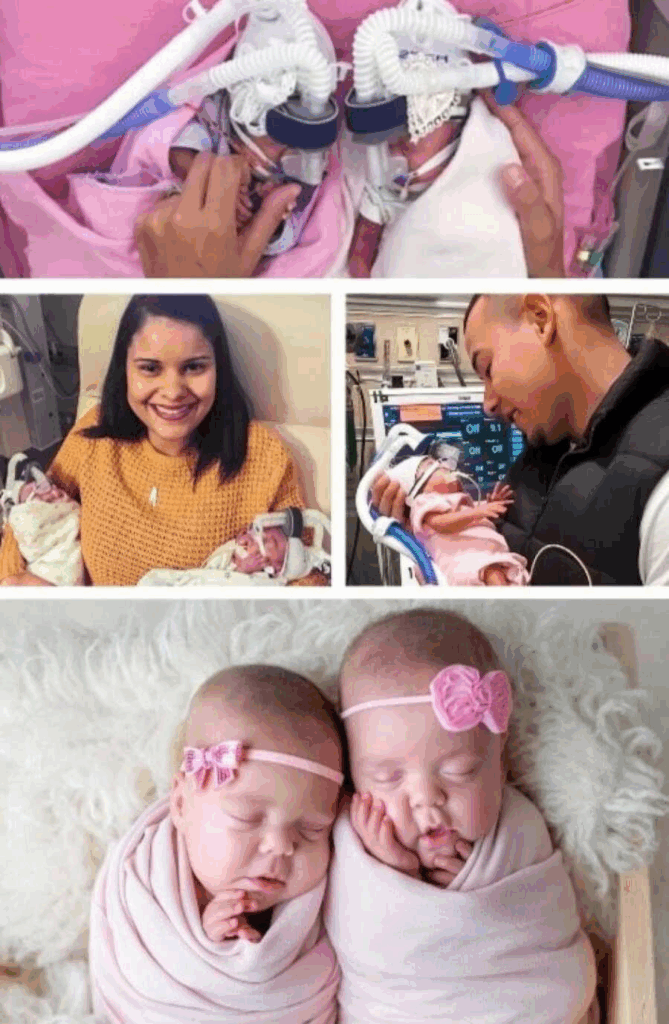
In London, clinicians discovered she also had pneumonia, which explained her low oxygen. Even so, the neonatologist urged comfort care; she demanded they try everything. Her husband burst through the doors just as she began to push. To everyone’s surprise, Baby A’s sac appeared intact again. At 9:12 p.m., Luna arrived, 14 ounces and 11 inches, with a tiny cry and fighting legs. Minutes later, at 9:29 p.m., Ema was born, one pound and 12 inches, crying too.
They were alive and stabilized, though the team warned their time might be measured in hours. She underwent testing for her pneumonia before she could see them. Meeting her daughters for the first time changed the shape of her world. Luna and Ema spent 115 days in the NICU, defying every grim prediction and coming home before their due date. As the months passed, they grew into busy one-year-olds. No one would guess unless she tells people the girls were born at 22 weeks.
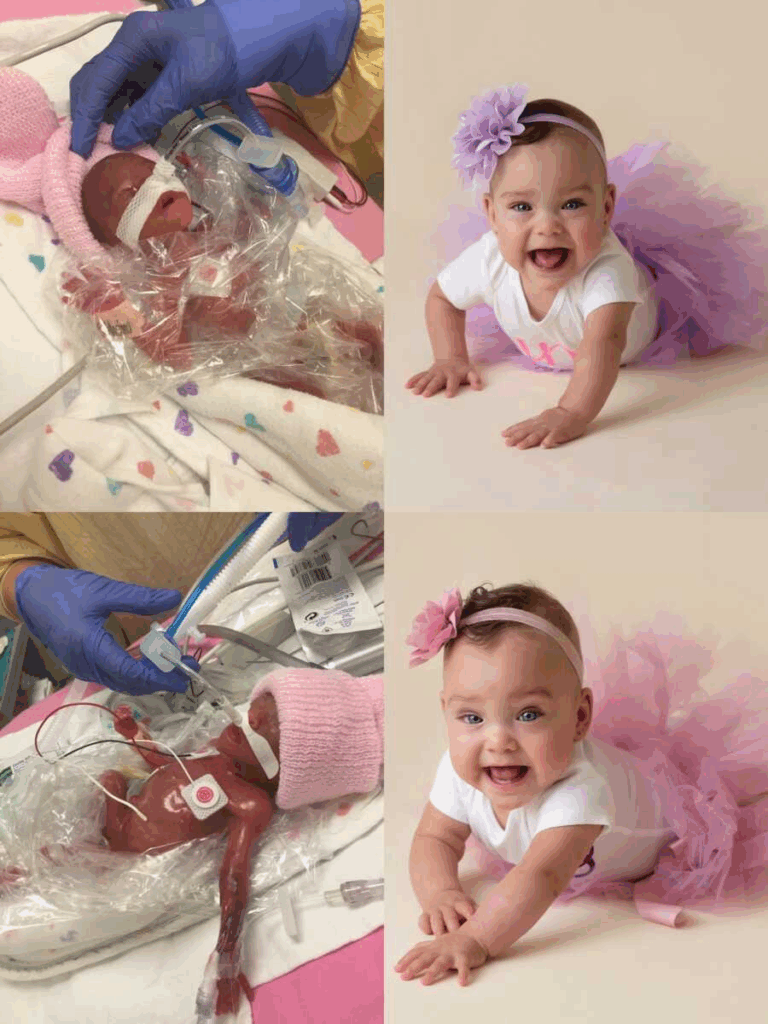
What began as a nightmare became a mission. She and her family now speak openly about babies born at 22 weeks, sharing photos and progress, and partnering with the hospital that took a chance when others would not. They want parents and providers to know that survival is possible and that tiny lives deserve a try.
They have given interviews, written updates, and kept faith with the team who stood beside them. She still remembers the cold words in that first triage, the long hours of being told no, the doctor who finally picked up the phone, and the rush down the highway toward a different future. She remembers the first cries, the first holds, the day the monitors came off, and the drive home as a family of five.

